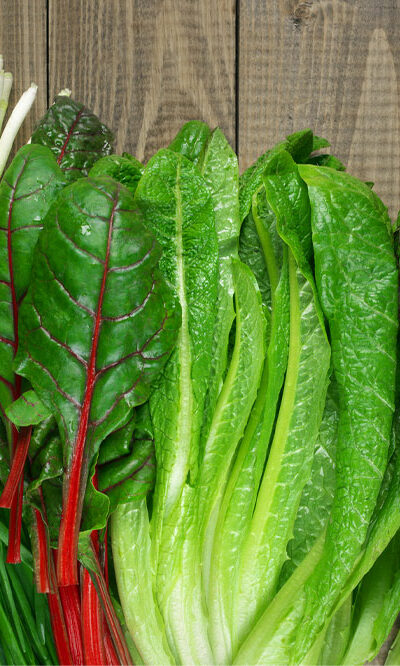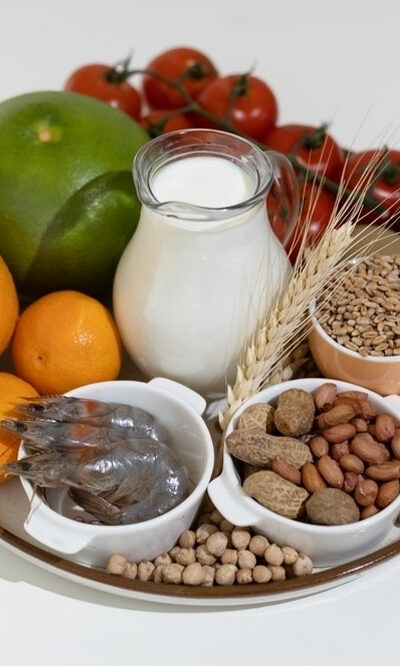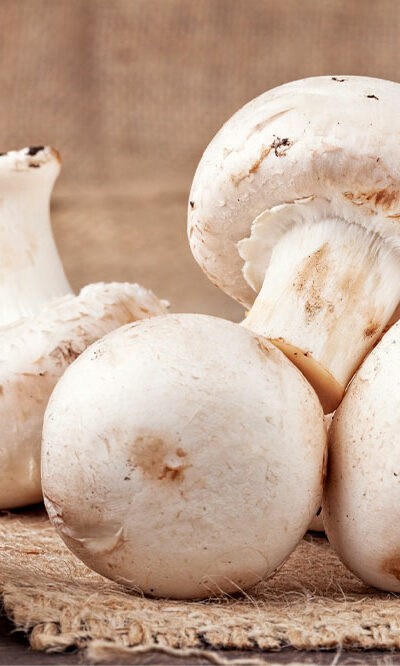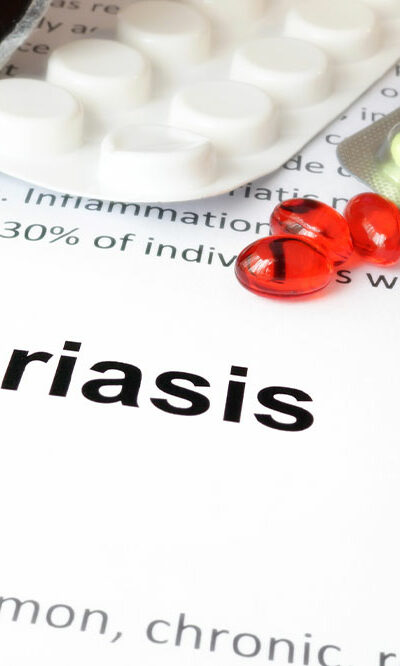
6 foods to avoid for managing ADHD
If you’re dealing with ADHD, food can be an essential tool in helping maintain or improve your focus and concentration. Unfortunately, certain everyday foods are the worst offenders regarding the condition’s symptoms; adopting a few healthy eating habits and eliminating highly processed snacks may improve your ability to stay focused and alert. Here is a list of six of the most common culprits that should be avoided to manage ADHD. Foods to avoid to manage ADHD Attention-deficit/hyperactivity disorder (ADHD) refers to a neurodevelopmental disorder affecting children and adults. The symptoms of ADHD include difficulty with focus, impulsivity, and hyperactivity, which can significantly impact an individual’s daily functioning. While there is no specific meal plan for managing the condition, some foods can exacerbate symptoms and should be avoided. Here are six foods to avoid for managing ADHD: Sugary foods and drinks Consuming sugary foods and drinks can lead to a spike in blood sugar levels, worsening symptoms of hyperactivity and inattention. It is recommended to avoid processed and refined sugars found in candy, cakes, soda, and fruit juices. Instead, opt for natural sources of sugar such as fruits or honey. Artificial food coloring Research suggests that artificial food coloring may exacerbate symptoms of hyperactivity and impulsivity in children with ADHD. Foods commonly containing artificial food coloring include candy, cereals, instant/frozen food, and soft drinks. It is best to eliminate these foods to avoid ADHD and opt for natural alternatives such as organic and artificial color-free vegetables and fruits. Processed foods Processed foods have highly refined carbohydrates and artificial additives, which can negatively affect brain function and exacerbate ADHD symptoms. Foods to avoid with ADHD include frozen dinners, chips, and fast food. Opt for whole, unprocessed foods such as whole grains, fruits, and vegetables. Gluten Some research suggests that gluten, a protein found in wheat, barley, and rye, may worsen symptoms of ADHD in some people.










